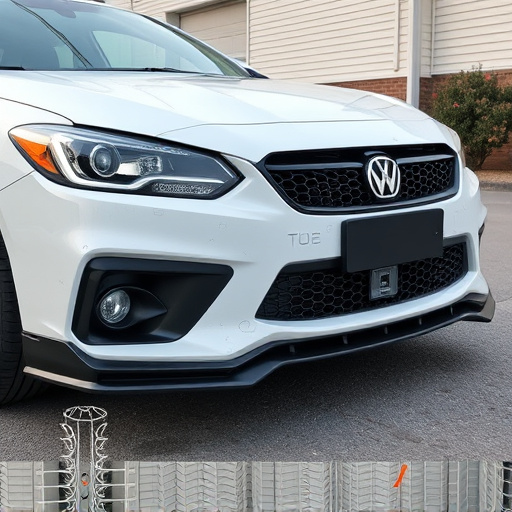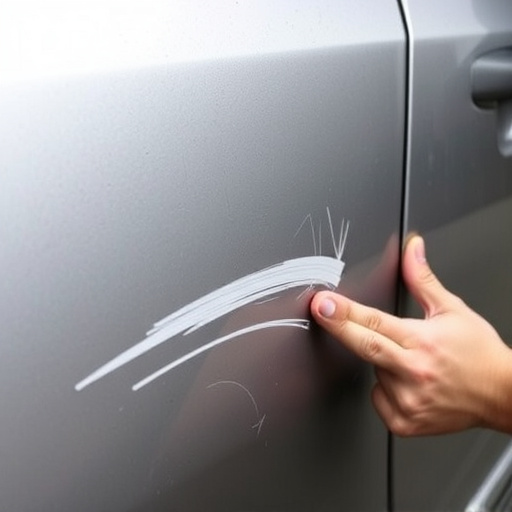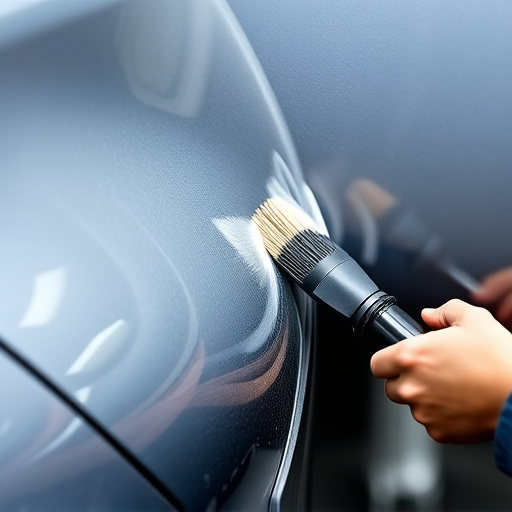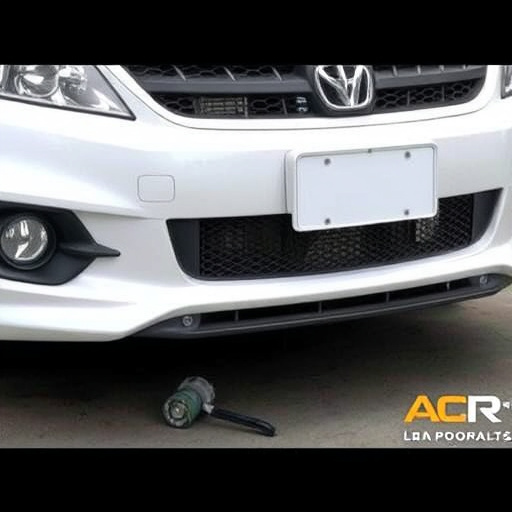Diminished Value Claims (DVCs) compensate vehicle owners for reduced resale value after damage. Start the claim process early, document thoroughly, and submit within 6-12 months post-incident. Collect before-and-after photos, appraisals, and repair estimates to support your claim.
“Diminished Value Claims: Navigating the Process for Maximum Compensation. Have you experienced a vehicle accident or damage that reduced its worth? Understanding when to file a diminished value claim is crucial. This guide explores the ins and outs of these claims, focusing on key indicators to initiate the process. From gathering proper documentation to mastering timing, this article equips you with insights to ensure a successful claim, securing fair compensation for your vehicle’s diminished value.”
- Understanding Diminished Value Claims
- When to Initiate a Claim Process
- Ensuring Proper Documentation and Timing
Understanding Diminished Value Claims

Diminished Value Claims (DVCs) refer to the financial compensation sought by vehicle owners when their car’s value decreases due to damage or repairs, often as a result of an accident, natural disaster, or cosmetic issues. This claim process is designed to help owners recoup some of the loss they’ve incurred in maintaining the pre-damage worth of their vehicle. Understanding when and how to file these claims is crucial for ensuring fair compensation.
When considering whether to file a DVC, vehicle owners should assess if repairs are extensive enough to impact their car’s resale value. Common scenarios include significant autobody repairs, tire services, or noticeable cosmetic damages such as deep car scratches. It’s important to keep detailed records of all repair costs and, if possible, have before-and-after assessments of your vehicle’s condition. This documentation can significantly aid in the claim process and ensure that owners receive a fair settlement for their diminished value.
When to Initiate a Claim Process

Knowing when to initiate a diminished value claim is crucial for anyone looking to get compensation for their vehicle’s decreased worth after an accident or damage. While it might be tempting to wait until the visible repairs are complete, this isn’t always the best strategy. The process should start as soon as you realize your car’s value has been impacted—even if the physical repairs haven’t begun or are still in progress. This proactive approach ensures you have a clear understanding of your vehicle’s pre-and post-incident condition, which is essential for building a solid case.
The goal of a diminished value claim is to recover the loss in your car’s resale value caused by the damage. Whether it’s from hail damage repair, car paint services, or other vehicle repair services, each step should be documented meticulously. Take photos, keep records of all communications with insurance providers and repair facilities, and gather any estimates or invoices related to the repairs. This thorough documentation will support your claim and help demonstrate the extent of the diminution in value.
Ensuring Proper Documentation and Timing

When filing a diminished value claim for your vehicle, proper documentation is key to ensuring success. Collect all relevant information and evidence, including before-and-after photos documenting any damage or repair work, as well as appraisals or estimates from qualified mechanics or collision repair centers. These documents will play a crucial role in supporting your claim and demonstrating the extent of the diminution in value post-incident.
The timing of your claim submission is equally important. Ideally, you should file within a reasonable period after the accident or discovery of the damage. Many experts suggest submitting a claim within 6 months to a year, as this allows enough time for necessary repairs and provides clear documentation of the vehicle’s condition before and after the event. Prompt action ensures that your case is strong and that you receive fair compensation for the diminished value of your vehicle following a collision or incident-related damage, be it from a car dent repair or more extensive collision repair.
Diminished value claims are a crucial process for vehicle owners to navigate after an accident or damage. By understanding when to initiate these claims, ensuring proper documentation, and being mindful of timing, you can effectively protect your investment. Remember that each situation is unique, so consulting with an insurance professional or legal expert can help you make informed decisions regarding your diminished value claim.














